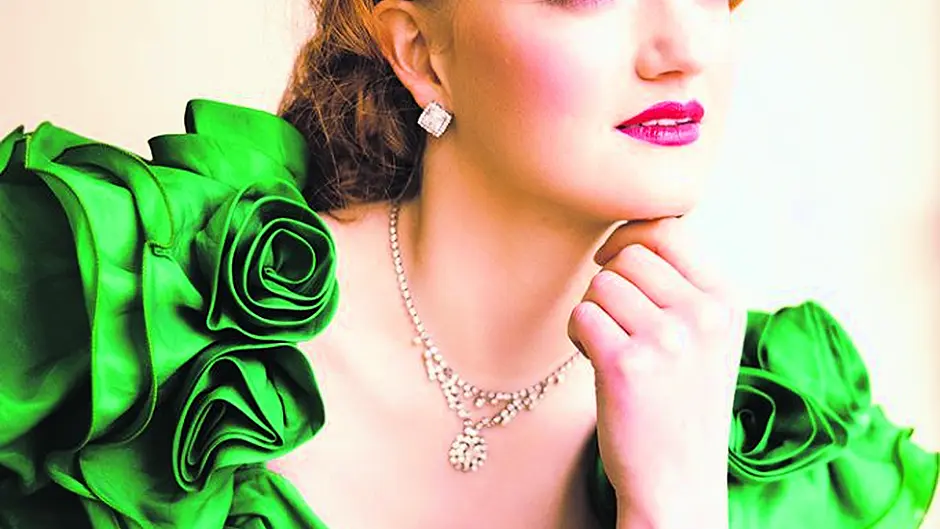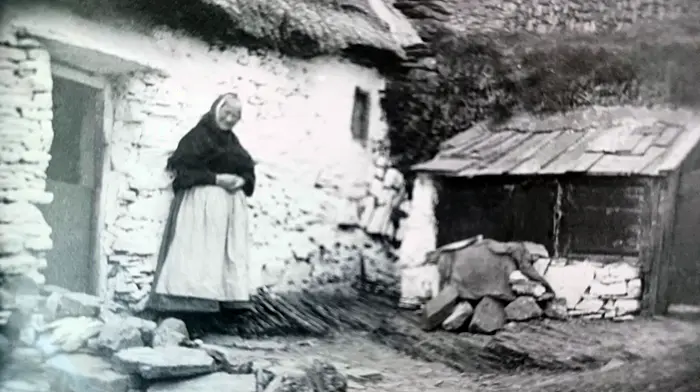Irish actress, Elaine O'Dwyer, has written and will perform in the ‘Queen of Technicolour', a one woman show about the iconic Maureen O'Hara.
IRISH actress, Elaine O’Dwyer, has written and will perform in the ‘Queen of Technicolour’, a one woman show about the iconic Maureen O’Hara.
The production – which will run on November 22nd and 23rd at the Belltable Arts Centre in Limerick – should be of interest to West Cork audiences, especially those who made Maureen’s acquaintance when she lived in Glengarriff.
Elaine, who trained at the Guildford School of Acting in the UK, did a lot of research before writing the play and spoke to lots of people who knew Maureen well.
Elaine admits a fascination with the screen legend because her onscreen roles often mirrored her true persona as ‘a tough, feisty and courageous woman.’
Blessed with flaming red hair and flashing green eyes, O’Hara’s stunning looks led Hollywood to dub her the “Queen of Technicolor” and that gave Elaine the title for her play.
The Irish actress – better known for her roles in The Quiet Man, Miracle on 34th Street and The Parent Trap – played fiercely passionate but sensible heroines.
Apart from her powerful onscreen presence, Elaine said fans always admired the fact that she could hold her own alongside Hollywood’s top leading men, including her long-time friend and frequent co-star John Wayne who called O’Hara ‘the greatest guy I ever knew.’
But the outspoken star paid the price for standing up to the men who ran Hollywood: men who often expected more than a performance from their stars.
‘Part of me has always blamed the casting couch. I wasn’t a whore…I was unwilling to make that kind of sacrifice to get a part in a movie,’ said Maureen, who was perhaps the first woman to publicly castigate sexism in Hollywood.
Portraying over 20 characters in her tour de force performance, Elaine O’Dwyer promises to take her audience on an emotional roller coaster, revealing the woman – and the extraordinary talent – behind Maureen O’Hara.
And, on a point of interest, Elaine said: ‘The vanity case used in the play is the original case that belonged to Maureen O’Hara.’






